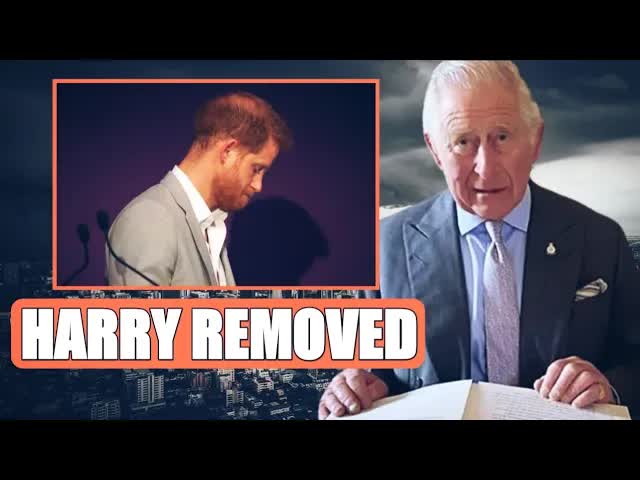In the realm of the British royal family, the process of inheritance carries a weight of emotions and complexities that often remain veiled from public view.
King Charles III found himself at the epicenter of this intricate web of legacy following the passing of his revered mother, Queen Elizabeth II.
When Queen Elizabeth II bid farewell to the world, her eldest son, now known as King Charles III, not only ascended to the throne but also stepped into a realm of opulence and responsibility.
The specifics of Charles’s inheritance remain discreet, but a notable acquisition was the Queen’s private estate, the Duchy of Lancaster, valued at an astonishing £650 million.
However, beneath the surface of regal splendor lies a tale of familial discord.
Prince Andrew, among others, harbors a sense of discontent towards King Charles regarding the distribution of their late mother’s inheritance.
Unlike his siblings Princess Anne and Prince Edward, who benefit from financial support through the sovereign grant, Prince Andrew, as a non-working royal, finds himself without such provisions.
Delving deeper into the nuances of royal inheritance, it becomes apparent that King Charles stands as the sole recipient of Queen Elizabeth II’s wealth.
Her extensive fortune, derived from various assets including art and racehorses, remains under the monarch’s purview due to a strategic exemption from inheritance tax negotiated in 1993.
This exemption, enshrined in the Memorandum of Understanding on Royal Taxation, shields royal assets from the grasp of inheritance tax when transferred within the royal lineage.
Consequently, King Charles finds himself exempt from the burden of dividing the inheritance among his siblings, leaving Prince Andrew in a precarious position.
The royal family’s financial landscape is bolstered by three primary income sources: the Crown Estate, the Duchy of Lancaster, and the Duchy of Cornwall.
The Crown Estate, a vast real estate portfolio encompassing iconic properties and land holdings, contributes significantly to the royal coffers.
Moreover, the Duchy of Lancaster, valued at £650 million, serves as a substantial source of income for the reigning monarch, as it did for Queen Elizabeth II.
In contrast, the Duchy of Cornwall, now under the stewardship of Prince William, provides a stable financial foundation for the future king.
As the curtain falls on the intricacies of royal inheritance and financial sustenance, the tale of King Charles III and his siblings unfolds with a blend of opulence and strife.
The echoes of past agreements and familial tensions reverberate through the hallowed halls of Buckingham Palace, shaping the destiny of the royal lineage.
In a world where wealth and legacy intertwine, the saga of the British royal family’s inheritance continues to captivate and intrigue.
The shadows of the past cast a long gaze over the present, illuminating the delicate balance between duty, tradition, and personal ambition within the corridors of power.
As the saga of royal inheritance unfolds, one thing remains clear: the legacy of the crown is a tapestry woven with threads of history, duty, and sacrifice.
In the heart of this grand narrative, King Charles III navigates the complexities of his newfound role with a blend of reverence and resolve, carrying forth the mantle of his forebears into an uncertain future.
